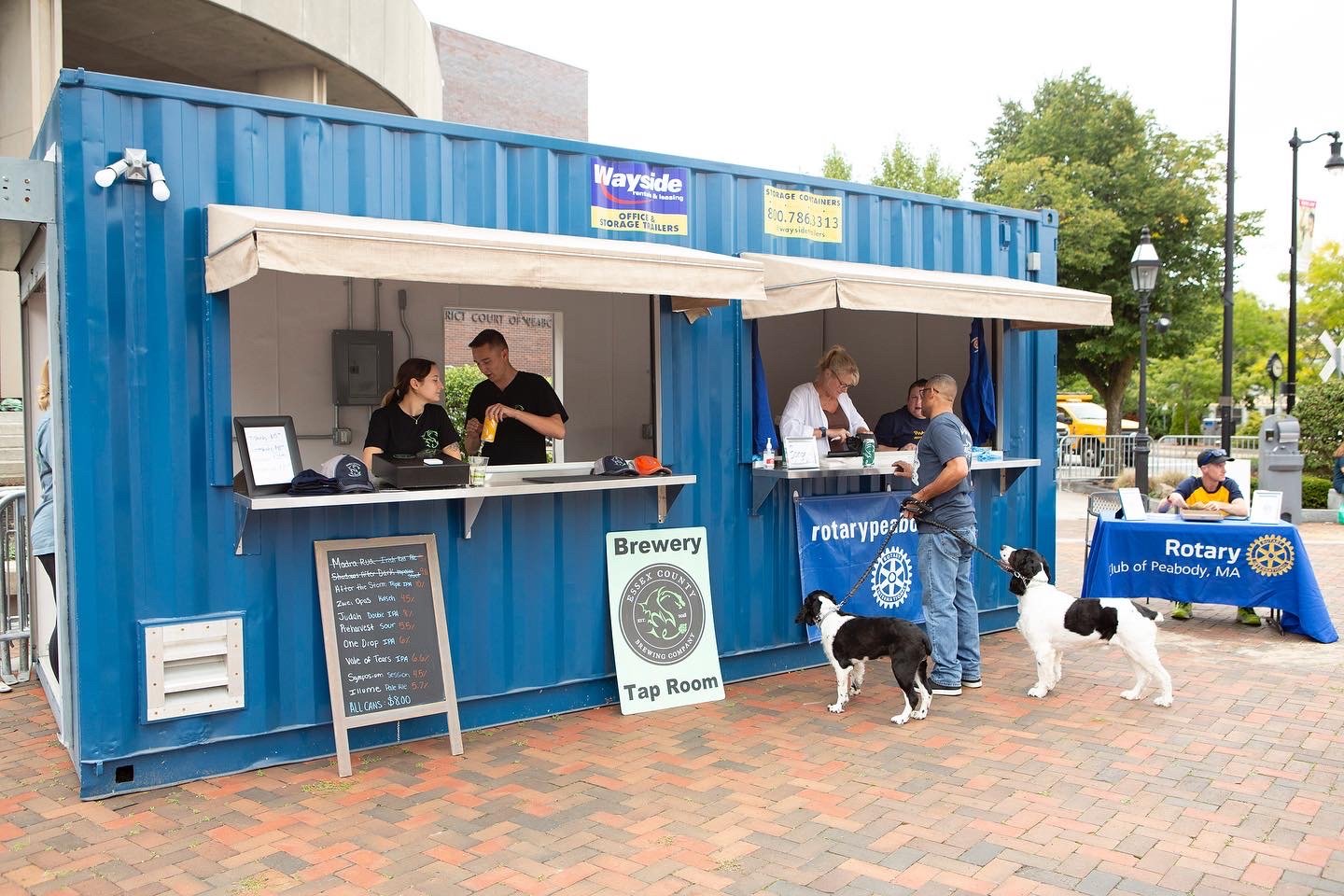
Lexington, MA
Lexington Battle Green (Lexington Common National Historic Site)
The Battle Green is the town’s civic heart and the site of the opening battle of April 19, 1775. Granite walks, commemorative stones, and open lawn demonstrate durable public-realm detailing and memorial stewardship in an active historic landscape.

Buckman Tavern (c. 1710; Lexington Historical Society)
A timber-frame tavern where militia gathered on the morning of April 19, 1775, Buckman shows clapboard envelopes, central-chimney massing, and period joinery. It’s a reference for wood conservation, window restoration, and site drainage at early New England structures.

Hancock-Clarke House (1737/1768)
This minister’s house hosted John Hancock and Samuel Adams the night before the battle. Original fabric, later 18th-century additions, and period interior finishes provide guidance on lime plasters, sash profiles, and clapboard repair.

Munroe Tavern (c. 1735)
Used as a British field hospital on April 19, 1775, Munroe Tavern combines early timber framing with later Greek Revival alterations. Exterior scopes often include clapboard replacements, stair and porch stabilization, and paint analysis.

The Lexington Minuteman Statue (1900, H. H. Kitson)
Standing on the Battle Green, the bronze Minuteman crowns a granite base and serves as the town’s emblem. It illustrates best practices for bronze conservation, joint pointing, and pedestrian-safe plinth design in a high-traffic setting.

Old Belfry (1762; relocated)
The wooden belfry that summoned militia has been moved since the 18th century and now stands on a hill above the Green. Its open timber framing, shingled cladding, and simple foundation illustrate small-structure preservation in exposed locations.

Lexington Depot (Old B&M Railroad Depot)
The 19th-century depot anchors Depot Square along today’s Minuteman Bikeway. Brick walls, timber canopies, and historic platform edges provide precedents for adaptive reuse and accessibility in rail-era buildings.

Cary Memorial Building (1928)
A Classical Revival auditorium and civic building, Cary features limestone trim, grand entries, and a columned façade. Its envelope rehabilitation showcases stone cleaning, repointing, and modern MEP integration in a historic shell.

Cary Memorial Library
Lexington’s public library blends a historic core with modern additions, demonstrating sensitive interface of brick, stone, and glass. Detailing at parapets, skylights, and curtainwall transitions supports long-term envelope performance.

First Parish in Lexington (Unitarian Universalist)
Facing the Green, this meetinghouse continues an 18th-century congregation in a later 19th-century building. Projects frequently address steeple stabilization, stained-glass protection, and paint systems for high-exposure clapboard façades.

Hancock United Church of Christ
A prominent church near the Green with stone-trimmed brickwork and stained glass, Hancock UCC is an active parish balancing preservation with accessibility. Typical scopes include masonry pointing, slate roof work, and storm glazing at historic windows.

Follen Church (1839)
Massachusetts’ only surviving octagonal church, Follen pairs timber framing with a tall lantern. It’s a case study in unusual plan geometry, roof drainage at multi-faceted eaves, and preservation of historic interiors.

Scottish Rite Masonic Museum & Library
A modern museum with landscaped grounds, this institution preserves American and fraternal history. The campus demonstrates museum envelope care—controlled daylighting, vapor management, and durable cladding interfaces.

Lexington Town Hall
The municipal hub features brick and stone detailing typical of early 20th-century civic buildings. Work here often focuses on window retrofits, slate and copper interfaces, and accessible entries integrated with historic elevations.

Old Burying Ground (1690s)
Early slate and marble markers, low stone walls, and mature canopy define this colonial cemetery near the Common. Conservation priorities include stone resetting, biological growth removal, and subsurface drainage to reduce heave.

Minute Man National Historical Park — Battle Road (Lexington Section)
The park’s Lexington stretches include restored stone walls, historic farm lanes, and 18th-century dwellings along the Battle Road. Projects balance cultural landscape preservation with trail resilience and stormwater control.

Jacob Whittemore House (c. 1716; Minute Man NHP)
Within the park’s Lexington sector, the Whittemore House shows early timber framing with later alterations. It’s useful for interpreting period clapboards, small-pane sash, and foundation transitions in agricultural settings.

Stone Building (1833, East Lexington Lyceum)
The Greek Revival Stone Building served as a lyceum and branch library in East Lexington. Granite ashlar walls, wood trim, and original window proportions provide a compact study in masonry conservation and compatible systems upgrades.

Lexington Visitor Center
Next to the Green, the Visitor Center is a gateway to the town’s historic resources and tours. The building’s storefront glazing, plaza paving, and wayfinding illustrate contemporary interventions adjacent to sensitive historic fabric.

Lexington Centre Historic District
Historic commercial blocks and civic buildings frame Massachusetts Avenue around the Green. Brick party walls, pressed-metal cornices, and 19th-century storefront proportions offer a playbook for façade stabilization and compatible infill.

Munroe Tavern Historic District (Corridor)
The corridor around Munroe Tavern preserves 18th–19th-century domestic architecture with deep setbacks and stone walls. Conservation focuses on wood-to-masonry transitions, porch and stair repairs, and context-sensitive site work.

Minuteman Bikeway (Lexington Segment)
Following a former rail corridor, the Bikeway ties town centers with continuous hardscape and landscape buffers. It’s a model for rail-trail conversions—bridge rehabilitation, drainage at subgrades, and durable path edges near historic districts.

Battle Green Historic Monuments Ensemble
Multiple plaques, stones, and memorials cluster around the Common, marking militia lines and events of April 19, 1775. The ensemble demonstrates coordinated monument siting, accessible routes, and consistent stone conservation policies.

Also Read:
Maximize Your Space with Storage Containers for Rent | Advantages of Renting a 20 ft Storage Container for Your Work Site
Storage Containers Delivered: Smart Solution for Business Expansion | Why Shipping Container Storage Units Are the Future of On-Site Storage
40ft Shipping Containers for Rent: A Storage Solution That Moves With You | From Job Sites to Pop-Ups: What a Shipping Container Rental Business Can Do
Shipping Containers for Rent: Perfect Solution for Residential and Businesses | Get the Space You Didn’t Know You Needed With 20ft Storage Containers for Rent
How Lexington Contractors Use Storage Containers to Save Time and Space
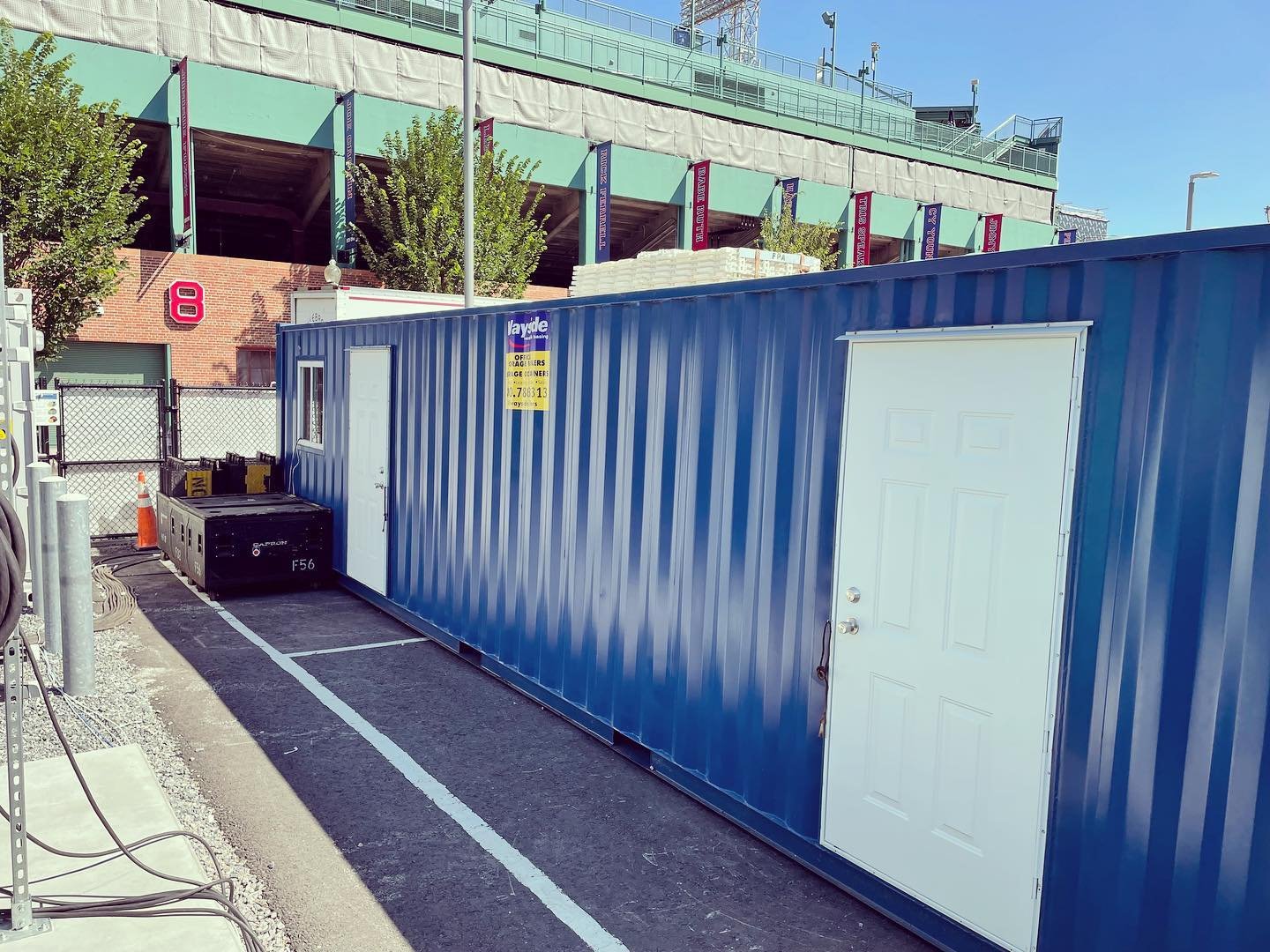
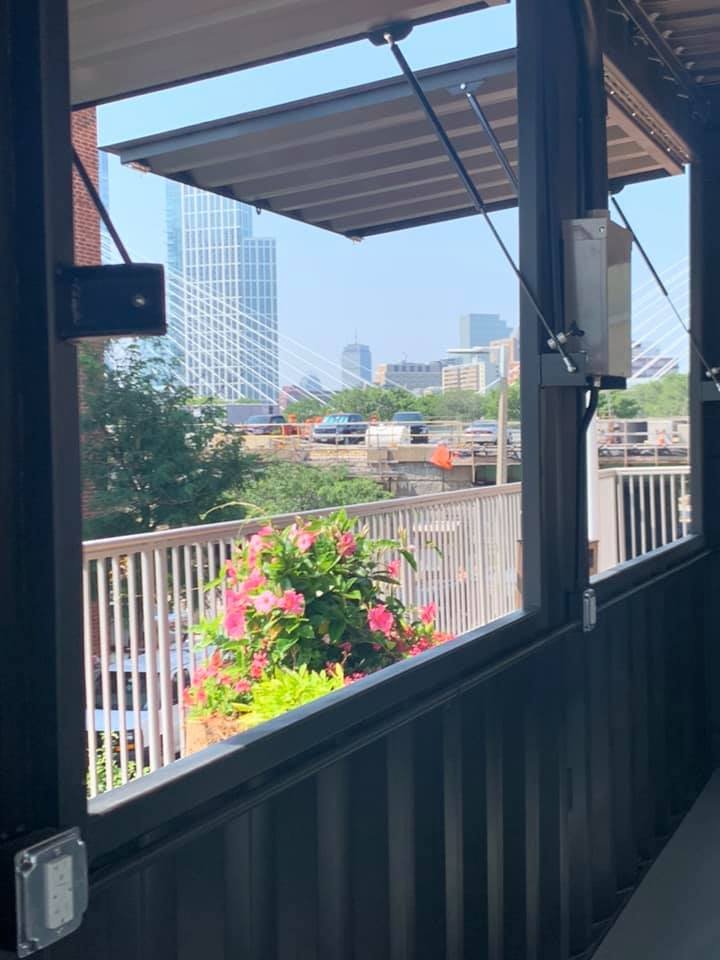
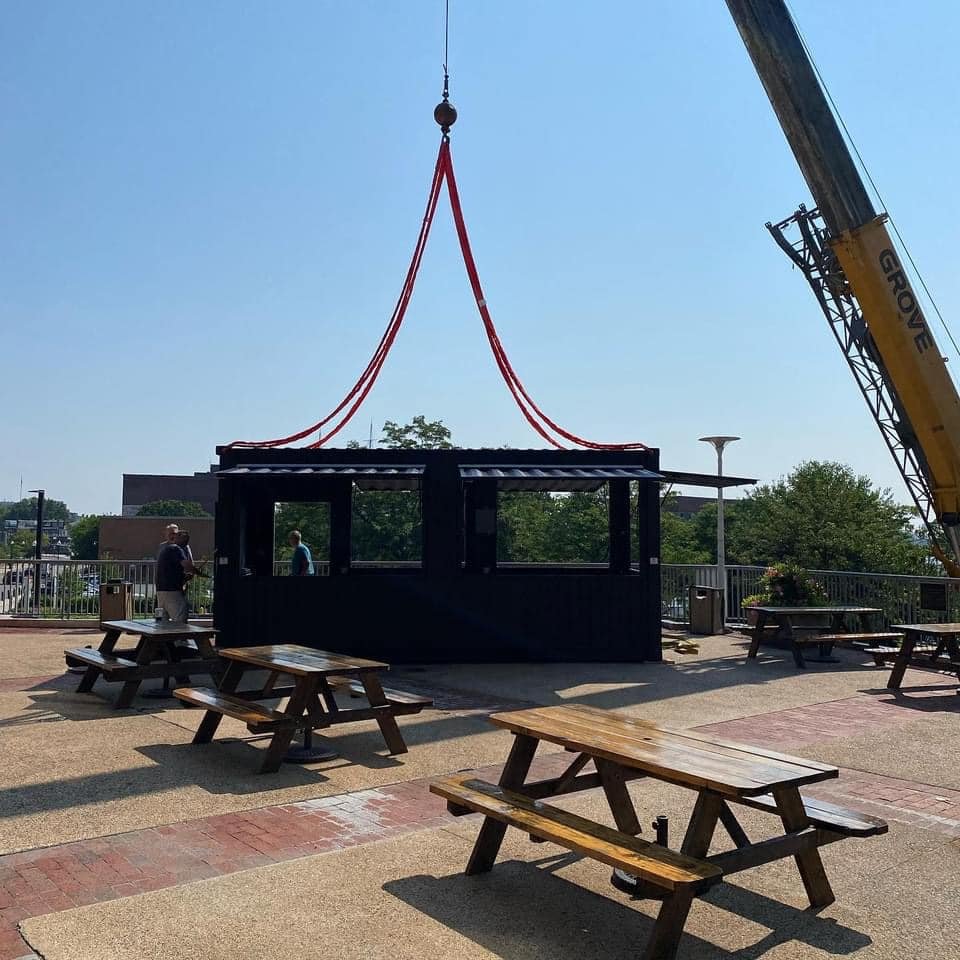
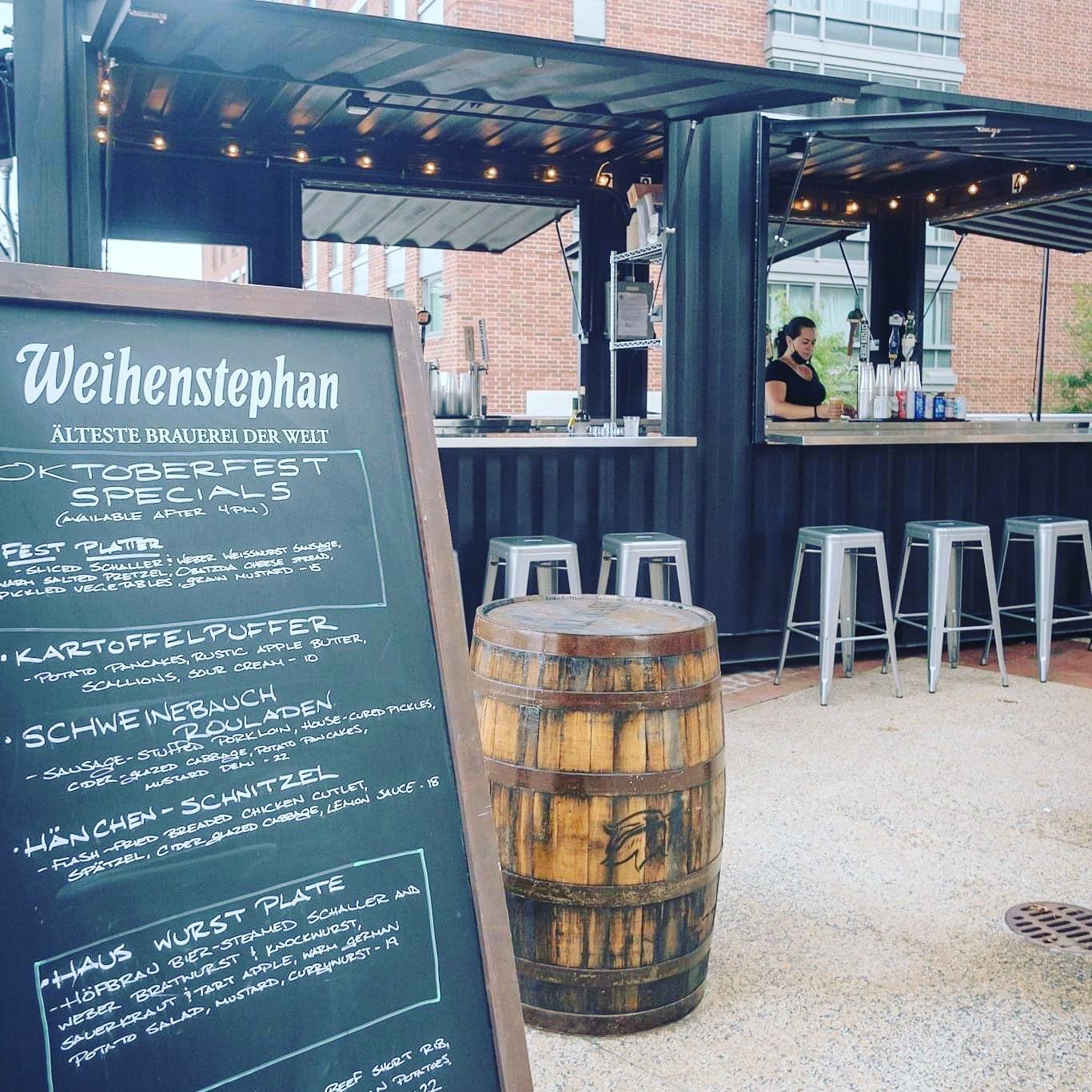
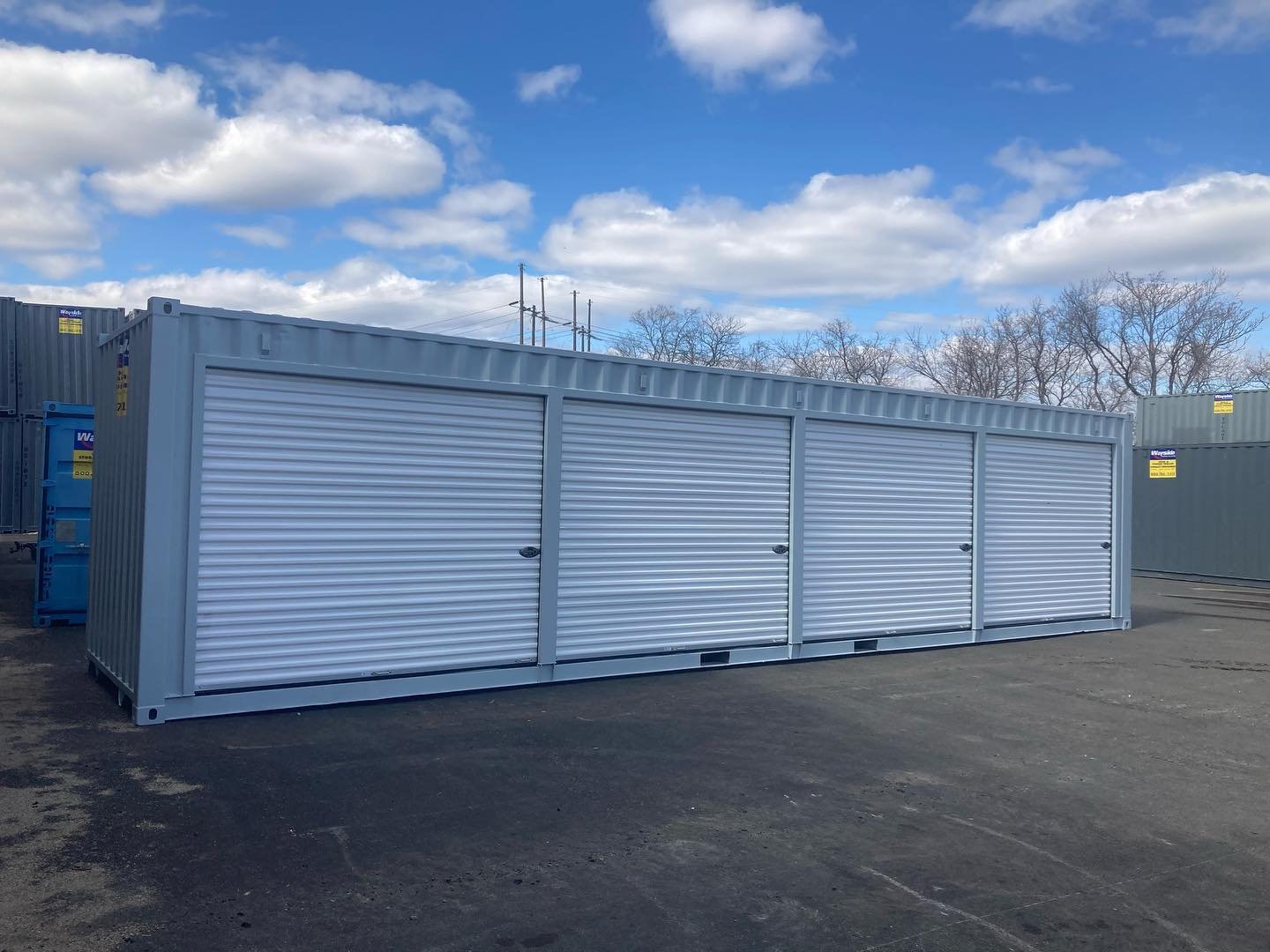
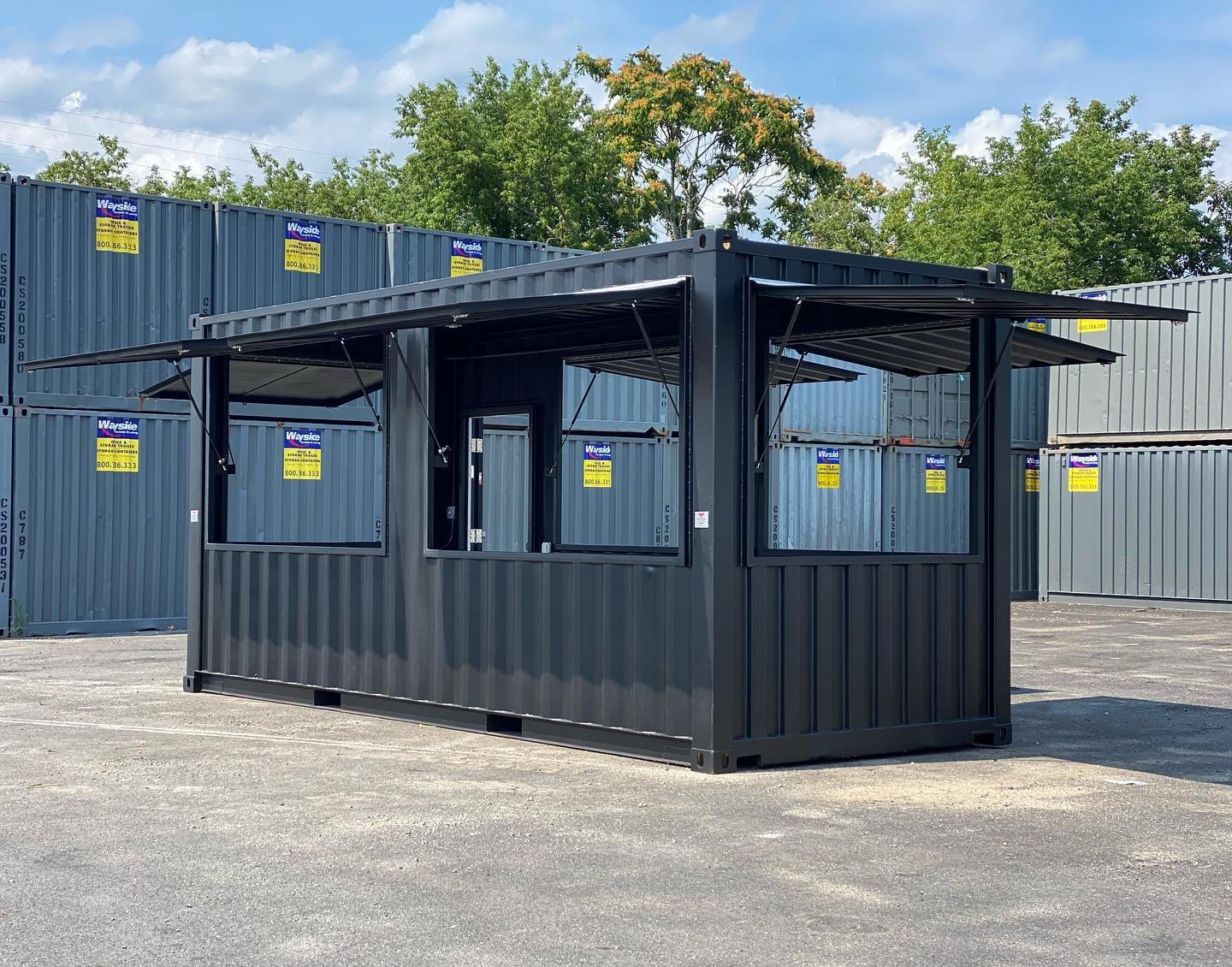




Our Services
-
Wayside provides high-grade, weather-resistant steel shipping containers available in multiple sizes (10-foot, 20-foot, and 40-foot) to accommodate diverse storage needs. These containers feature reinforced lockable doors, vents, and sealed gaskets to ensure protection against moisture, pests, and the elements. They are ideal for temporary or long-term use in scenarios like:
Additional On-site Storage for Seasonal Inventory Overflow
Construction site material management
Home renovations
Event organization
Disaster response
Seasonal storage for landscapers and snow plowers
Supplemental space options, i.e. pop up bar or event space.
-
Wayside offers durable steel storage containers for purchase. These units provide a long-term solution for secure storage and can be customized to fit specific business requirements.
-
Purchasing allows businesses to tailor containers with features like adding windows, shelving, flooring, or roll-up doors (to name a few) for enhanced functionality. Wayside’s shop team can provide or source customization services to enhance container functionality.
-
Containers are delivered directly to customers’ locations by Wayside’s professional drivers and installers. Placement is flexible depending on site accessibility, ensuring minimal disruption during delivery and retrieval.
-
There are so many different uses for storage containers. Wayside’s offerings cater to various industries and scenarios:
Seasonal inventory management—for example, a landscaper needs a place to store snow removal equipment in the spring or summer.
Off-season sports team storage
Equipment storage during renovations or construction
Temporary infrastructure for events or emergencies – for example: a visitor booth for Salem’s Haunted Happenings, an event that takes place in October only and is not needed year-round.
command centers for disaster response teams
Storage during a home renovation or spring cleanout.
Supplemental space for seasonal outdoor seating.
About Wayside
Wayside is a custom and classic shipping container and office trailer business that has delivered innovative storage and modular solutions across New England since 1933. Specializing in customizable shipping containers, scalable workspaces, and portable structures, we serve residential, commercial, and industrial clients by providing sustainable storage solutions.
Call Now: 1.800.786.3313

